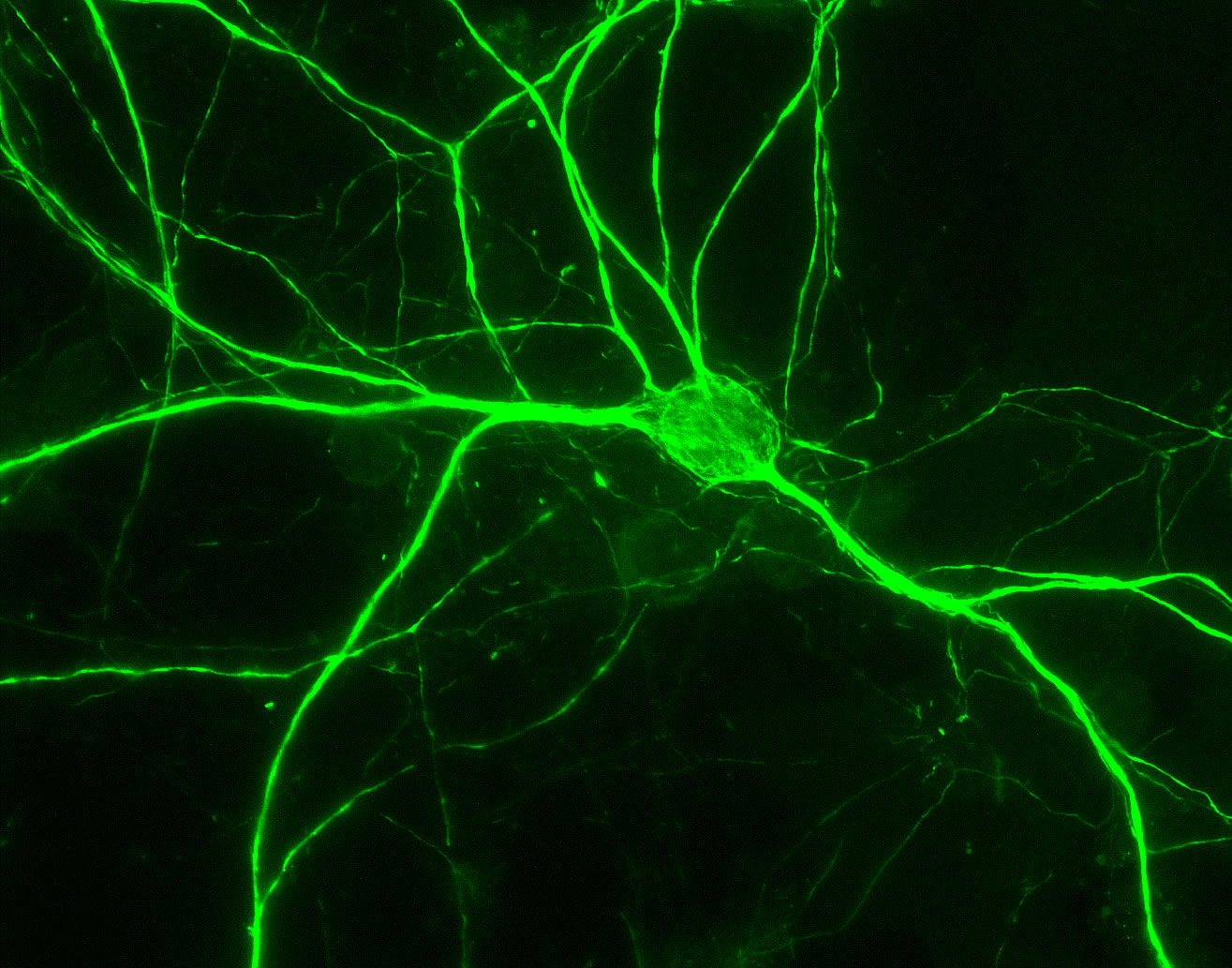So
I dissected a leech today.... Gross. Just kittens, it was a virtual dissection so it wasn't bad at all. The lab was for an introduction into the nervous system. The leech which has a very simple nervous system reacts in the same way that our complex nervous system works and reacts to stimuli. The point of the entire lab was to learn the how each different nerve cell types react to different stimuli. During the lab you discover several cell types which include Types: N, X, R, T, and P. When stimulating the cells, each of these nerve cells are responsible for a certain relay of message to the brain. From the lab these data I concluded were: Type N had a lengthy reaction to forceps, Type T had short repeated reactions to the feather, less short repeated reactions to the probe, and a very short reaction to the forceps, Type P had a short reaction to the probe, Type R had an ongoing short reaction to everything including no stimuli at all, and lastly Type X had no reactions to any stimuli. If you would like a little bit of review about what exactly a neuron is
go here (you know sometimes we just forget, it's part of getting older)
An image depicting a neuron with fluorescent dye to show its shape. Much like what we observed in the leech lab.
http://www.encorbio.com/Album/pages/ChkNFH-neuron1.htm
Without previous knowledge, you might say it's impossible to explain why these different neuron types provided different reactions. Lucky for you, Anatomy and Physiology seems to be consistent. Form and Function. Our motto. The types of neurons are all shaped differently. If its form is different from another type, then so is its function. Crazy right. I suspect that the way these nerves are formed cause them to relay different messages to the brain. For example the N type might specifically react to pressure and the X Type react only to burns. Obviously hypothetical but you get the point. I'm excited to learn more about the nervous system. Not really. I'm not too thrilled. Because nothing can be as exciting as the muscular system AM-I-RIGHT GUYS (also joking).

So on my blog you asked me what exactly a ganglia is. The ganglia is a structure containing a number of nerve cell bodies, typically linked by synapses, and often forming a swelling on a nerve fiber. I hope that clears it up for you. In your blog, I liked the way you explained the way the different cell types responded to the objects we touched them with. How does all of this relate to our nervous systems? How does dissecting the leech help us understand ours?
ReplyDeleteThanks that clears up a lot of my confusion. Dissecting the leech helps us understand the human nervous system because it reacts similarly to ours. The stimuli affect the nerve cells in the same way they would affect us. Studying the nervous system at a simpler stage can often help us understand the nervous system better than by studying a human nervous system right off the bat.
ReplyDelete